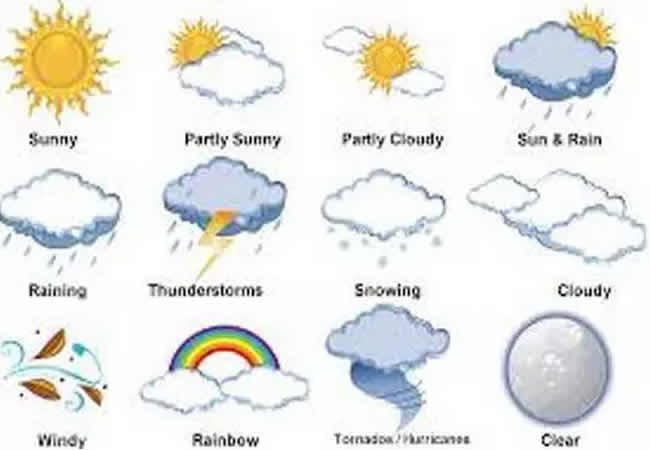By Lilian Ukagwu and Funmi Fabunmi
The Nigerian Meteorological Agency on Tuesday disclosed that the beginning of rainfall is expected to be earlier than normal in most parts of the country.
The Minister of Aviation, Hadi Sirika disclosed this while outlining some of the rainfall predictions at the 2023 Seasonal Climate Prediction event held in Abuja.
According to Sirika, the rainfall onset date was predicted to be earlier than the long-term average in most parts of the country.
He, however, said parts of Katsina, Zamfara, Kano, Jigawa, and Yobe in the north and Cross River, Ebonyi, Imo, and Rivers in the south are likely to experience a delayed onset, adding that the onset is expected to become established in early March from the coastal states of Bayelsa, Rivers, and Akwa Ibom; in April for the inland states of the south; in May around the central states and around July in the northern states. The onset dates would range from March 2 to July 7, 2023.
“An early End of Season is predicted over parts of the south (especially in Osun, Ondo, Edo, Delta, Imo, Bayelsa, Rivers, Akwa Ibom, and eastern parts of Ogun and Lagos) and parts of Yobe, Adamawa, Niger, Nasarawa and Kogi. However, an extended rainfall season is predicted over parts of Gombe, Kaduna, Kwara, Enugu, Anambra, western Ogun, and Lagos. The End of Season period is expected to range from the 26th of September till the 25th of December.”
He said that the length of the growing season in most places in the country is likely to be near the long-term average, except for some parts of the northern states such as Katsina, Jigawa, and Kano, where shorter than the long-term average length of the growing season is anticipated. The season is expected to range from 84 to 283 days. Abuja and surrounding States are expected to witness between 170 and 230 days.
According to the report, the annual total rainfall is predicted to be normal to above normal in most parts of the country. However, parts of Yobe, Jigawa, Kano, Bauchi, Jigawa, Kaduna and FCT are likely to observe below-normal to near-normal annual rainfall amounts. The annual rainfall amount is expected to range from 420 mm in the far northernmost parts to 3253 mm in the coastal areas.
He said,” Dry spell occurrences have characterised our seasons in recent years. In 2023, we should also prepare for its occurrence between June and early July as a dry spell lasting between 15 to 21 days is in the forecast, especially from the central parts of the country to the north.
“When compared to the last years, the little dry season (August Break) for 2023 is expected to be less intense. It is expected to last between 14 and 20 days starting from late July, especially over the Southwest of the country.
“Other forecasts such as the temperature for the first 5 months of the year, Malaria and meningitis forecast along with the socio-economic implications of these forecasts are contained in explicit details in the documents.”
However, the predictions further showed that the earliest onset would likely occur on or around March 2, 2023, in the coastal zone of the South-South states of Bayelsa, Rivers, Akwa-Ibom and environs.
On his part, the Director General of the National Emergency Management Agency, Mustapha Ahmed said that hydro-meteorological information from NIMET has continued to play a vital role in disaster preparedness, response and mitigation plans of the NEMA, noting that NIMET Seasonal Climate Prediction has over the years become a veritable tool that enables NEMA to conduct an expert analysis of disaster risk implications and produce disaster early warning messages for delivery to emergency responders to support the protection of lives, critical national assets and the entire cultural landscape in Nigeria.
He further noted that the NEMA-NIMET partnership in disaster and risk management and the building of national resilience has continued to grow.
He added, “At the end of this auspicious event, I look forward to bringing together experts from NIMET and other relevant agencies under one roof to analyse the disaster risk implication of the SCP and develop necessary advisories including risk mapping to guide all NEMA partners to mitigate disaster losses across the nation. I make bold to say that the negative impacts of the annually recurring flood disaster in Nigeria could have been more devastating without the early warning information developed out of the NIMET SCP and downscaled to the various end-user agencies and the general public.”
He further stated that the 2022 flood disaster which was unprecedented in Nigeria’s history was a wake-up call for them to intensify inter-agency collaboration to mitigate the impacts of hydro-meteorological hazards in the country.
Source: The Punch








